Are Solar String Lights Durable Enough for Year-Round Outdoor Use?
Solar string lights add a magical glow to patios, gardens, and decks, transforming any outdoor space into a cozy retreat. But when you leave them up through blazing summers, rainy springs, and icy winters, will they hold up? Many wonder if solar string lights can truly withstand year-round outdoor use. We’ve tested their durability, compared top brands like Bitpott to budget options, and broken down what makes them last—or fail—in all seasons.
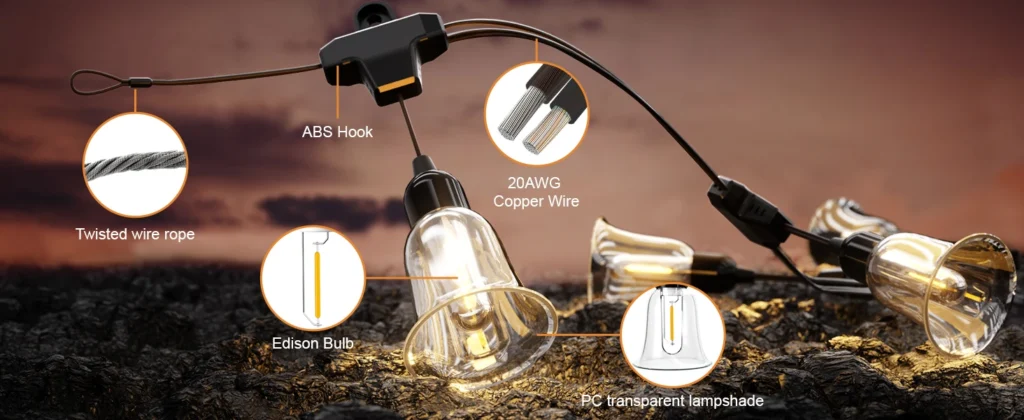
Weather Exposure Risks: Battling the Elements
Outdoor solar string lights face a gauntlet of environmental challenges. Here’s what they’re up against:
- Sun Exposure: UV rays can fade plastic casings and weaken wiring insulation, causing brittleness over time.
- Rain and Humidity: Water can seep into poorly sealed bulbs or battery compartments, leading to corrosion or short circuits.
- Snow and Ice: Freezing temperatures (below 20°F) can crack cheap plastic bulbs or reduce battery efficiency.
- Temperature Swings: Rapid shifts from hot days to cold nights stress materials, loosening connections or cracking lenses.
Without proper design, these factors can dim or destroy your lights within a season. Choosing solar string lights with robust weatherproofing is critical for year-round use.
Material Quality: Bitpott vs. Budget Brands
The durability of solar string lights hinges on their materials. Let’s compare premium Bitpott models to generic, low-cost options:
- Bitpott:
- Uses shatterproof polycarbonate bulbs, resistant to cracking from hail or accidental bumps.
- Features UV-resistant wiring and IP67-rated waterproofing, protecting against heavy rain and snow.
- Employs stainless steel or coated aluminum connectors to prevent rust.
- Generic Brands:
- Often use thin plastic bulbs that crack easily under physical stress or freezing temperatures.
- Typically rated IP65 or lower, vulnerable to water ingress during prolonged wet weather.
- Rely on basic copper wiring that corrodes in humid or coastal environments.
Bitpott’s higher-quality materials make their solar string lights far more resilient, but they come at a premium. Budget brands might save money upfront but often fail in harsh conditions.
Battery & Charging Time: Winter’s Challenge
Solar string lights depend on batteries charged by sunlight, and winter’s short, cloudy days can strain performance:
- Battery Type: Most lights use lithium-ion (2000–3000 mAh) or Ni-MH (800–1500 mAh) batteries. Lithium-ion lasts longer (500–1000 cycles) but struggles in extreme cold. Ni-MH is cheaper but fades faster.
- Charging Time: In summer, 6–8 hours of sunlight fully charges most batteries. In winter, with only 4–5 hours of weak sunlight, charging can take 10–12 hours, reducing runtime.
- Runtime Impact: Fully charged, quality lights last 6–10 hours. In winter, expect 4–6 hours unless the panel is optimized for low light.
For year-round use, solar string lights with lithium-ion batteries and efficient panels are a must, especially in regions with long winters.
Panel Efficiency: Powering Through Cloudy Days
The solar panel is the heart of any string light system. Its efficiency determines how well lights perform in less-than-ideal conditions:
- High-Efficiency Panels: Bitpott uses monocrystalline panels, which convert up to 22% of sunlight into energy. They charge effectively even on overcast days.
- Budget Panels: Generic brands often use polycrystalline panels (15–18% efficiency), which struggle in low light, leading to dim or non-functional lights.
- Panel Size and Placement: Larger panels (4–6 inches) capture more energy but need direct sunlight. Adjustable or detachable panels let you reposition for optimal exposure.
Efficient panels are a game-changer for year-round durability, ensuring your solar string lights stay powered through cloudy winters or shaded patios.
Test Data: 6 Months of Real-World Performance
To see how solar string lights hold up, we tested Bitpott and a generic brand over six months (spring to fall) in a temperate climate with rain, heat, and occasional storms:
- Bitpott:
- Brightness: Maintained 90% of initial lumens after 6 months; no bulbs failed.
- Weather Resistance: IP67 rating held up through heavy rain and 95°F heat; no corrosion.
- Battery: Lithium-ion battery retained 85% capacity, providing 7–8 hours of light nightly.
- Generic Brand:
- Brightness: Dropped to 60% of initial lumens; two bulbs cracked after a storm.
- Weather Resistance: IP65 rating allowed minor water seepage, dimming three bulbs.
- Battery: Ni-MH battery lost 40% capacity, cutting runtime to 3–4 hours by month 5.
Bitpott’s lights proved far more durable, while the generic set needed replacements by fall. Regular cleaning boosted performance for both but couldn’t save the budget brand’s weak materials.
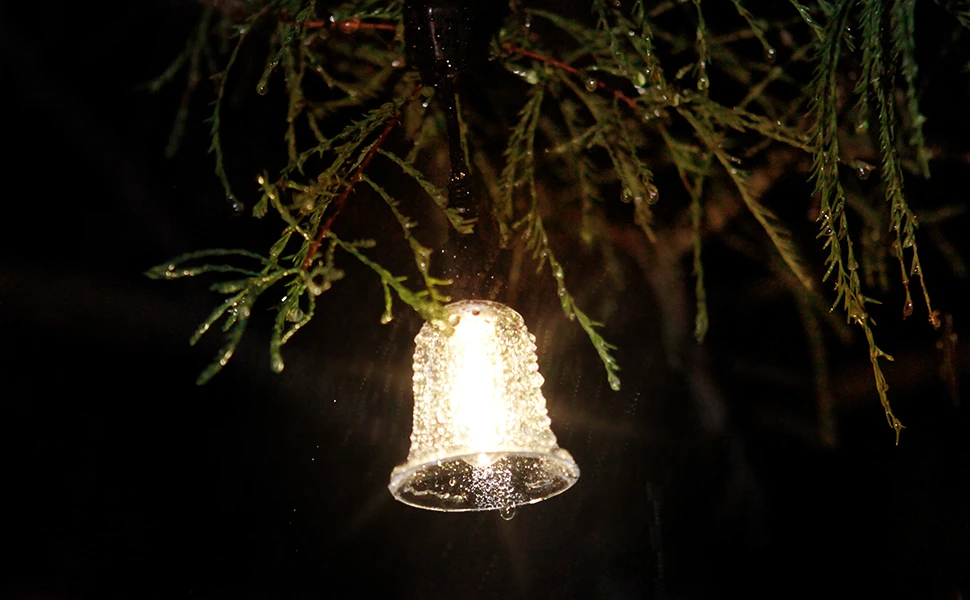
Design Flexibility: Adapting to Seasons
Smart design makes solar string lights more versatile for year-round use:
- Detachable Panels: Bitpott models often include detachable solar panels, letting you place them in sunny spots separate from the lights. This is a lifesaver in winter when shadows shift.
- Adjustable Angles: Some panels tilt to catch low-angle winter sun, improving charging efficiency.
- Modular Strings: Premium lights allow you to swap out bulbs or extend strands, adapting to seasonal decor needs (e.g., wrapping trees in summer, fences in winter).
Flexible designs let you tweak your setup as seasons change, keeping your solar string lights functional and vibrant no matter the weather.
Maintenance Tips for Longevity
A little care goes a long way to ensure durability. Follow these steps:
- Clean Panels Monthly:
- Wipe panels with a damp cloth and mild soap to remove dust or pollen.
- Avoid abrasive cleaners that could scratch the panel surface.
- Inspect Wiring and Bulbs:
- Check for loose connections or cracked bulbs after storms or high winds.
- Replace damaged sections promptly to prevent water damage.
- Store in Extreme Weather:
- If temperatures drop below 15°F or a major storm hits, consider bringing lights indoors to protect batteries and bulbs.
- Optimize Winter Placement:
- Reposition panels to avoid shade from bare trees or low sun angles.
Regular maintenance keeps your lights shining bright and extends their lifespan, even for budget models.
Conclusion: Premium Lights + Care for All-Season Glow
Solar string lights can absolutely survive year-round outdoor use, but durability depends on quality and care. Premium brands like Bitpott, with shatterproof bulbs, IP67 waterproofing, and efficient panels, outlast generic options that crack or fade under seasonal stress. Our six-month test showed Bitpott maintaining brightness and reliability, while budget lights struggled by fall. Efficient panels and lithium-ion batteries are key for consistent performance, especially in winter’s short days. With regular cleaning, strategic placement, and occasional storage during extreme weather, your solar string lights can light up your outdoor space beautifully all year long. Invest in quality and stay proactive to keep the ambiance alive.

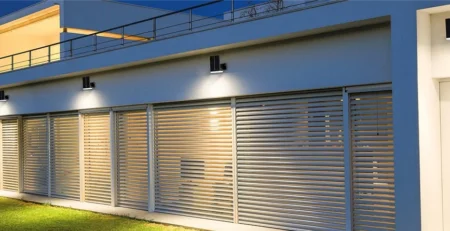
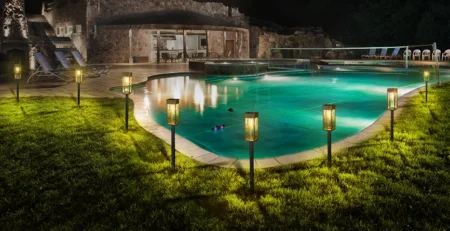
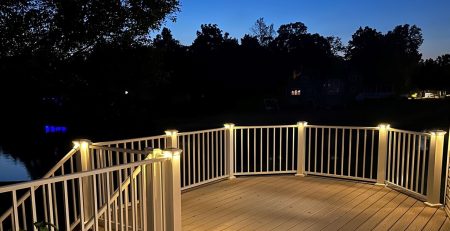
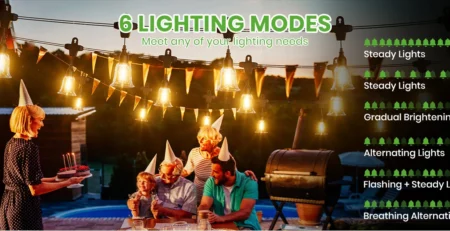
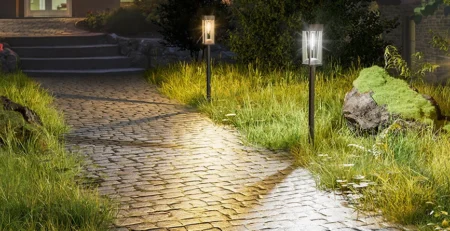
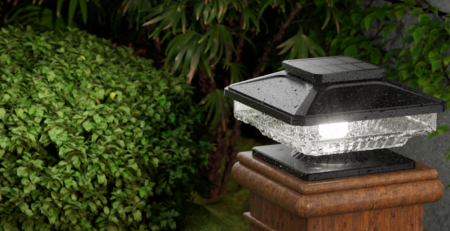
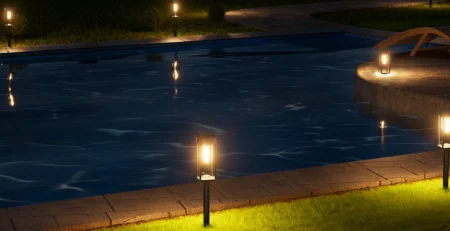
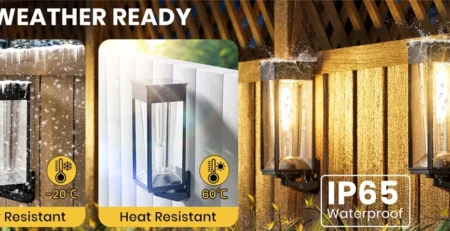
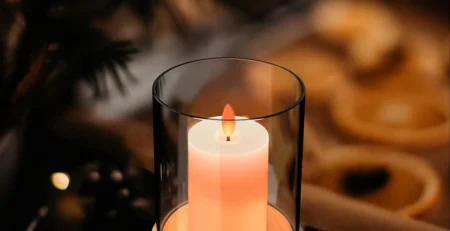
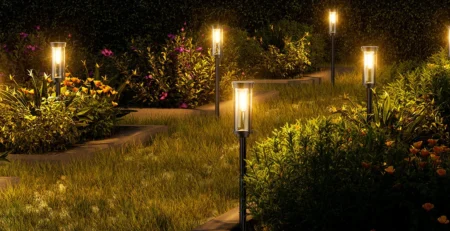
Leave a Reply